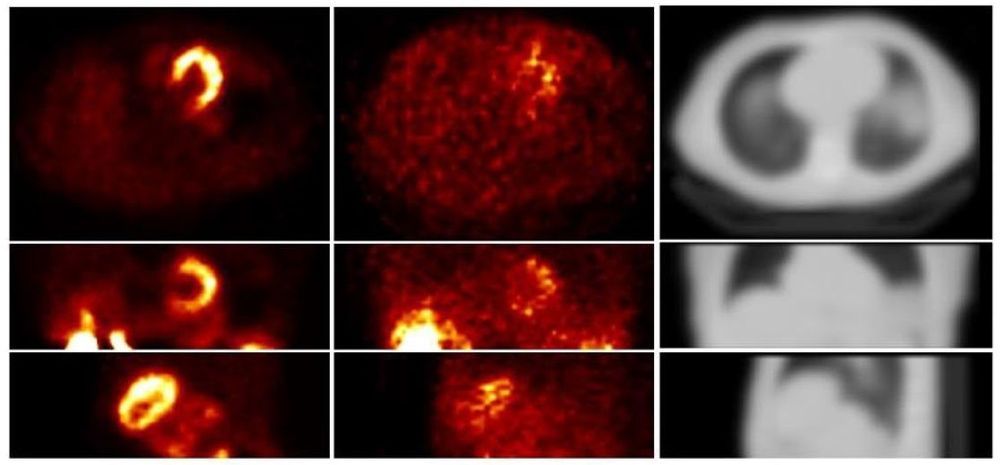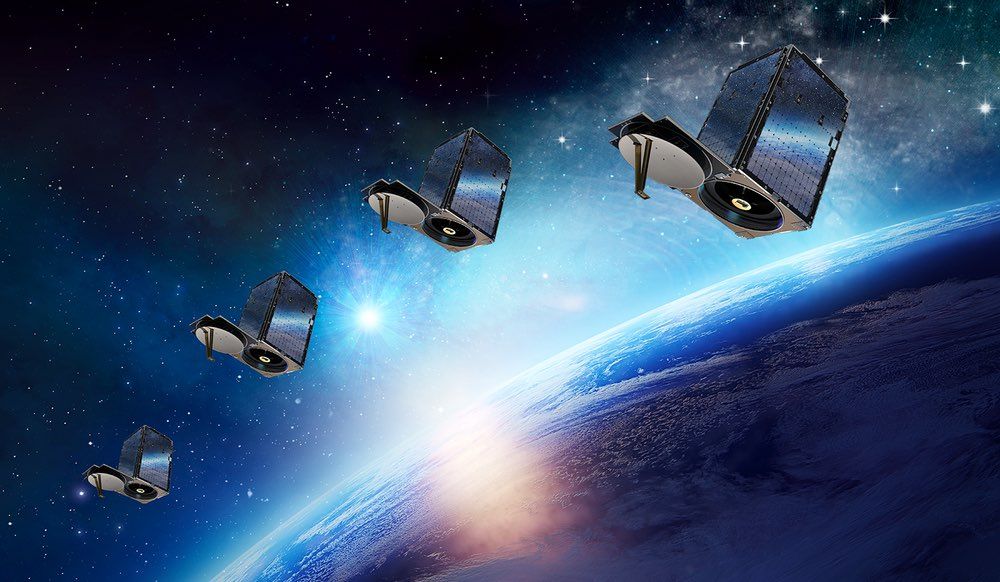May 13, 2020
Experimental realization of Shor’s quantum factoring algorithm using qubit recycling
Posted by Quinn Sena in categories: information science, quantum physics, sustainability
Circa 2012
Quantum computational algorithms exploit quantum mechanics to solve problems exponentially faster than the best classical algorithms1,2,3. Shor’s quantum algorithm4 for fast number factoring is a key example and the prime motivator in the international effort to realize a quantum computer5. However, due to the substantial resource requirement, to date there have been only four small-scale demonstrations6,7,8,9. Here, we address this resource demand and demonstrate a scalable version of Shor’s algorithm in which the n-qubit control register is replaced by a single qubit that is recycled n times: the total number of qubits is one-third of that required in the standard protocol10,11. Encoding the work register in higher-dimensional states, we implement a two-photon compiled algorithm to factor N = 21. The algorithmic output is distinguishable from noise, in contrast to previous demonstrations. These results point to larger-scale implementations of Shor’s algorithm by harnessing scalable resource reductions applicable to all physical architectures.
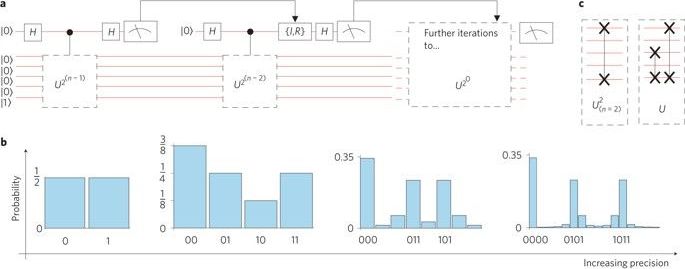
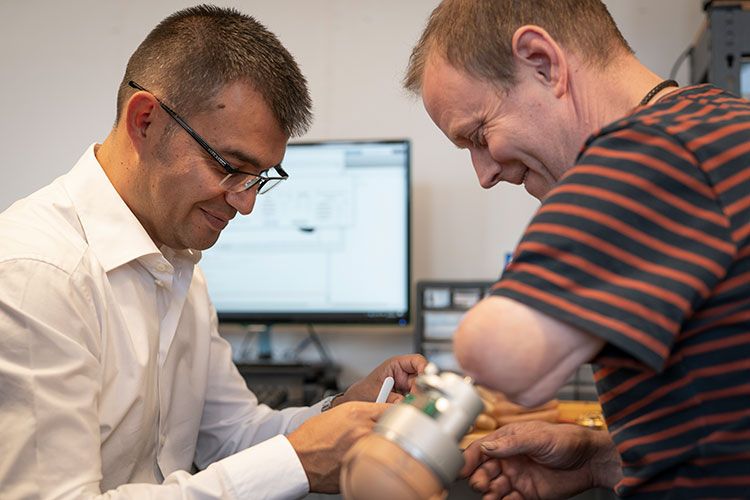

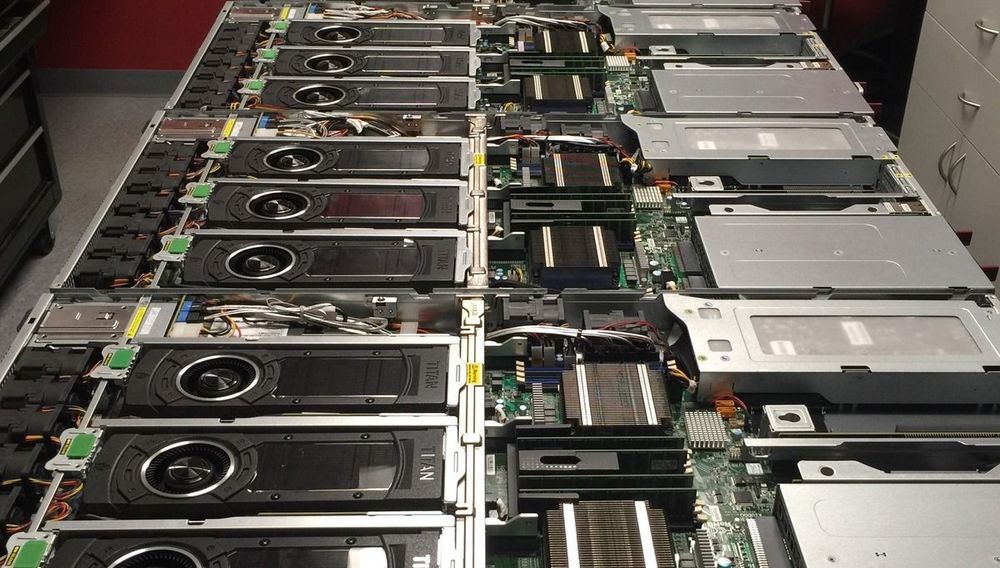





 Tony Webster / Flickr.
Tony Webster / Flickr.